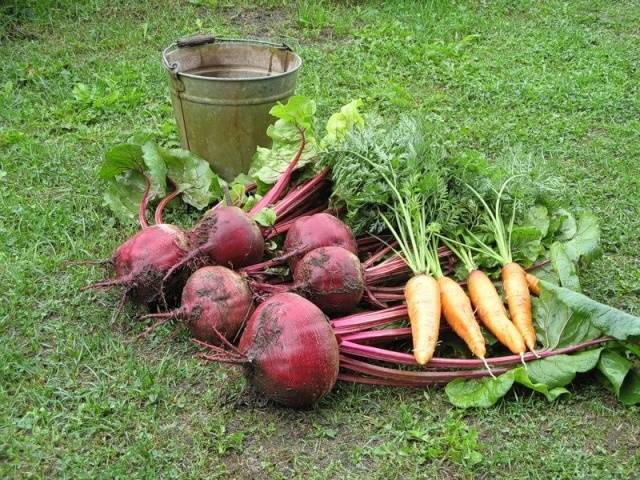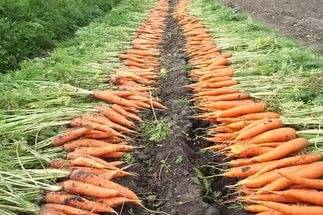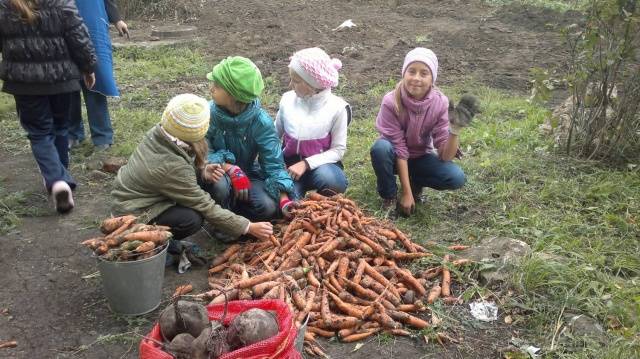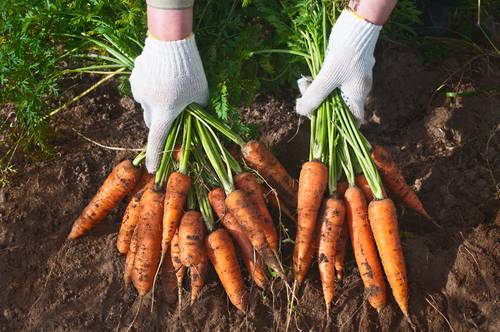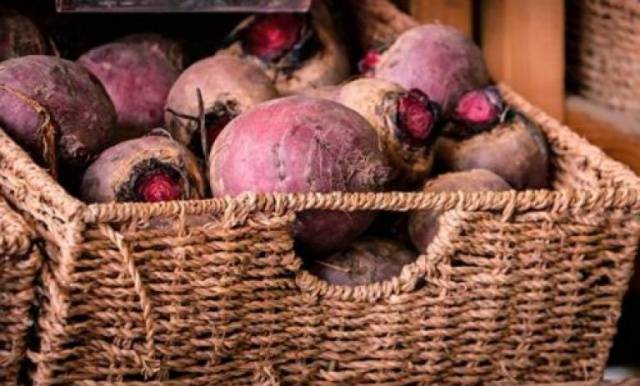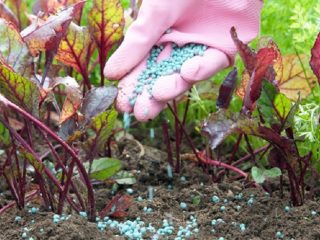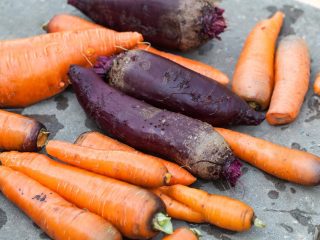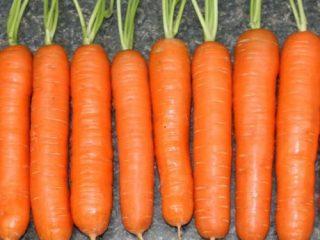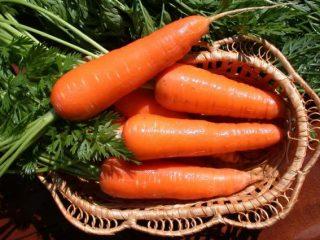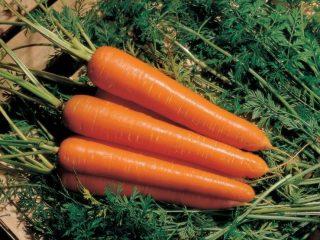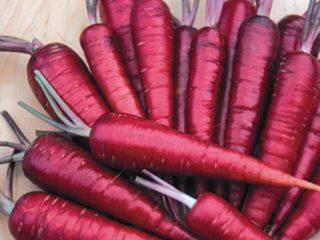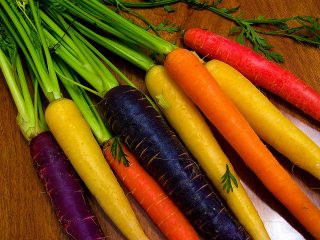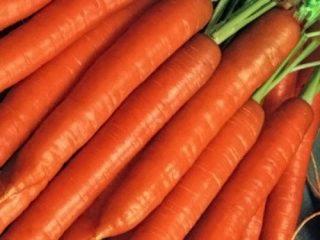Content
Carrots and beets are valued for their unique qualities: rich in vitamins and microelements. In addition, both root vegetables have medicinal properties. But this requires environmentally friendly root vegetables grown without the use of chemicals. That is why many Russians who have plots of land plant plants on their plots.
Knowing the basics of agricultural technology, you can get a rich harvest of these vegetables. But this is half the battle, since the root vegetables need to be preserved until the next harvest. Novice vegetable growers are interested in the question: when to harvest carrots and beets so that they retain their presentation for a long time and do not spoil. This is what we will talk about.
How to decide on deadlines
The question of when to start harvesting the grown crop cannot be called idle. After all, the safety of the harvest throughout the winter depends on the timely digging of these vegetables. Unfortunately, not even the most experienced agricultural producer will be able to give the exact harvesting date for carrots and beets.
What does this mean:
- Mother Russia stretches for thousands of kilometers from north to south and from east to west. Climatic and weather conditions are different everywhere. While in the south the early harvest is already being harvested, in the north they are just starting to plant.The same is with harvesting - in regions where the cold begins early, root crops are harvested on the twentieth of September; in the southern regions of Russia this type of work occurs in October.
- The timing of harvesting root crops very much depends on what kind of summer it is. If the summer is hot and dry, ripening occurs faster, which means harvesting will take place earlier. In cold, rainy weather, the readiness of carrots and beets for digging out of the garden is delayed for several days, or even weeks.
Factors that help determine maturity
How do you know that vegetables are ripe and ready to harvest? There are a number of factors that you need to pay attention to. If they are taken into account, then novice vegetable growers will be able to harvest the crops from the beds on time and without loss:
- When buying seeds, pay attention to the recommendations on the bags. Self-respecting companies indicate ripening time for a specific variety. Early vegetables are intended to be used for a short time, they are grown mainly for harvesting, and harvested when the need arises. For winter storage, you need to choose mid-season and late varieties of vegetables.
- You need to focus on the beginning of the first frost in your region. Beetroot is a vegetable that cannot tolerate freezing; its shelf life is sharply reduced. But carrots can withstand several mornings, which only makes them sweeter.
- Weather conditions are an important factor. If it is dry and warm in September, and it rains towards the end of the month, then you need to harvest the crops before the rains. Excess moisture leads to the germination of new roots. In addition, the root crop will become too juicy and may crack during harvesting. Specks of rot may appear on beets and carrots. And such vegetables do not last too long.
- The size of root crops also plays an important role when choosing the harvesting date. Larger vegetables are less suitable for storage. Primarily because the giant beets have too coarse flesh, and the carrots have a thick, almost inedible stem. Therefore, when deciding when to harvest root vegetables, pay attention to their size.
Leave small carrots and beets for growing.
Untimely harvesting – loss of harvest
The issue of harvesting root crops is of great interest to novice vegetable growers. And this is completely justified. The fact is that root crops dug up ahead of time need to be stored somewhere and comfortable conditions created. This is not so easy to do, because it can be hot outside, and there is no place where vegetables would be happy. After all, to preserve the crop, the optimal temperature should be from +2 to +4 degrees.
In addition, vegetables brought into a cool room will begin to become covered with moisture, which will quickly render them unusable. Therefore, the time to dig up beets is in the middle or end of September, and carrots in late September - early October. By this time, the earth cools down along with the vegetables, which contributes to excellent storage.
And yet, when...
Deadlines for carrots
Carrots are considered a root vegetable, for which light frosts do not harm, and even benefit them, improving its taste. Therefore, it is better to remove this vegetable after several matinees have passed. The main thing is that the soil is dry. It cools naturally, so it stores well in winter.
When exactly should you start harvesting carrots? Naturally, the timing of ripening is also important. But still, the time to harvest this root crop comes when it freezes at night, but after sunrise the thin crust on the ground thaws.
You can even wait for the first snow if the bed is dry, the tops are crushed directly onto the root crops, and cover the plantings on top at night. Some vegetable growers cover carrots with a layer of hay or straw. Under such shelter, she is not afraid of even severe frosts.
What to do with beets
Just like carrots, do not water the vegetable before harvesting so that it “matures” well. In the last ten days of August, beets begin to accumulate glucose and fructose, then raffinose. About a week before harvesting, sucrose begins to form in it, which gives sweetness to the root vegetable. So the question is when to start beet harvesting is also important in relation to the accumulation of sugar by vegetables. The sweetest ones will be the ripened ones.
You can tell when it’s time to harvest beets by looking at the bumps on the surface and on the root crop.
How to preserve harvested vegetables
We have already said that vegetables need comfortable conditions for storage. When stored in a cellar, where it is still warm enough, you can lose the harvest: the vegetables dry out or begin to rot.
Many gardeners, having dug up and dried the root crops, cut off the tops, put the vegetables in bags and put them in holes. The hole must be deep and dry. The bags are stacked in it and covered with soil on top. Now carrots and beets can be stored in the ground even until severe frosts.
When the temperature in the cellar drops to optimal parameters, the root crops are removed from the pit, dried to remove moisture from the surface, sorted and stored in a convenient way.
Let's sum it up
When to remove root vegetables from the garden, each vegetable grower decides individually. But it is important to remember that frost of more than -3 degrees, which persists constantly, can destroy the crop. We also do not recommend relying on your neighbors, since the seeds were not sown at the same time, and the varieties may be different.
Focus on technical ripeness, when the lower leaves of beets and carrots begin to turn yellow.
During a damp autumn, do not leave root vegetables in the ground; they will inevitably begin to sprout. It’s better to remove the vegetables from the garden and bury them in a hole.
